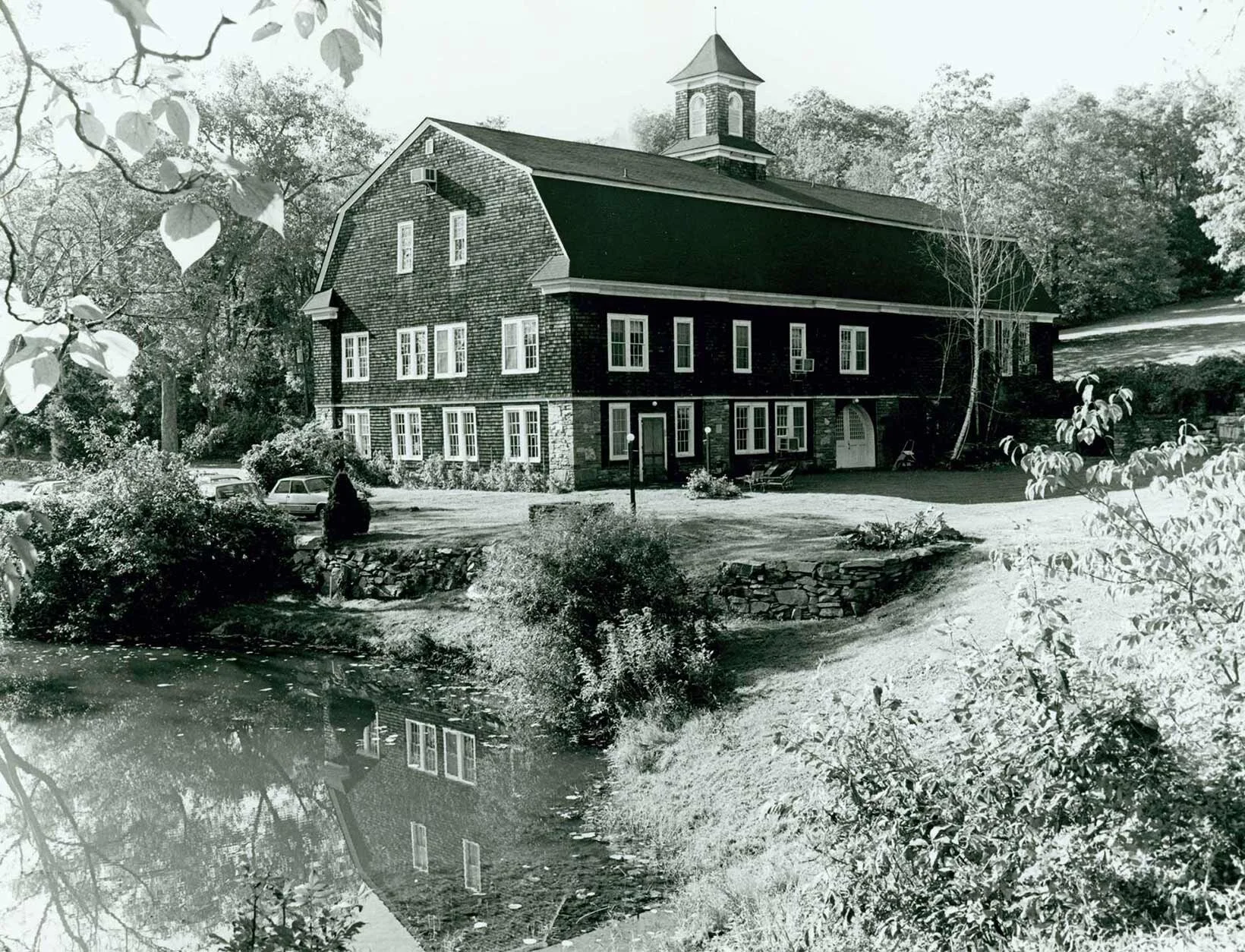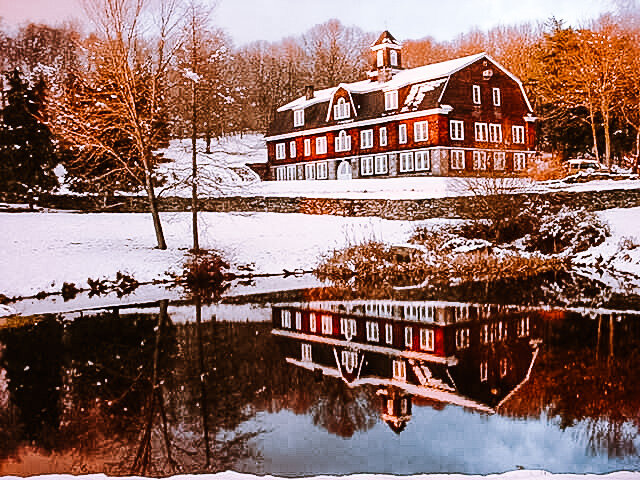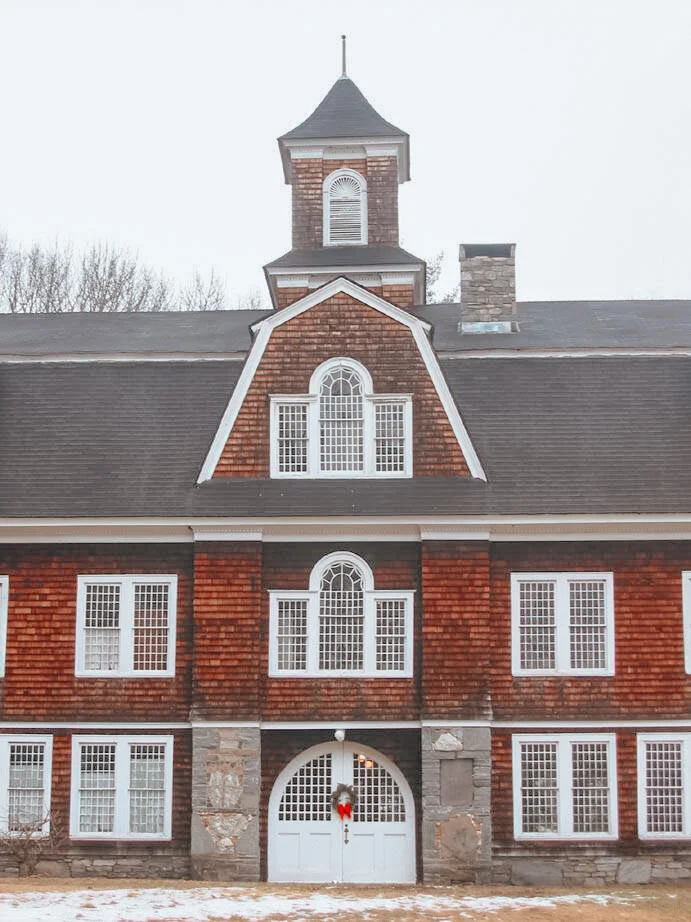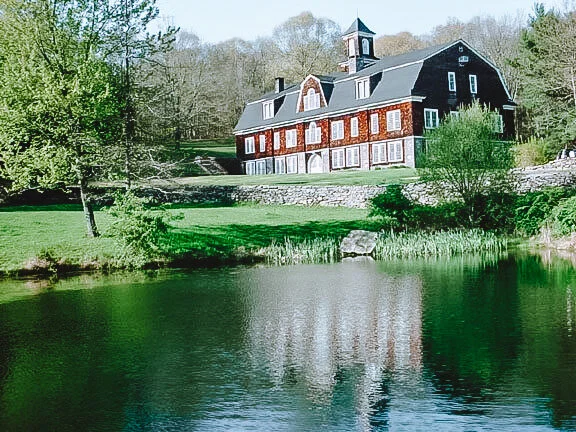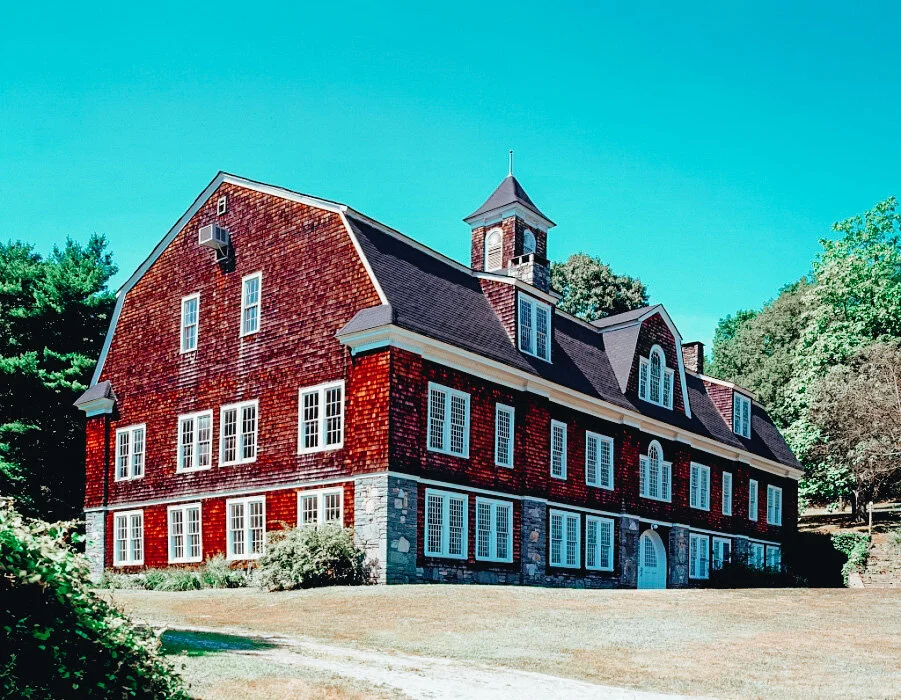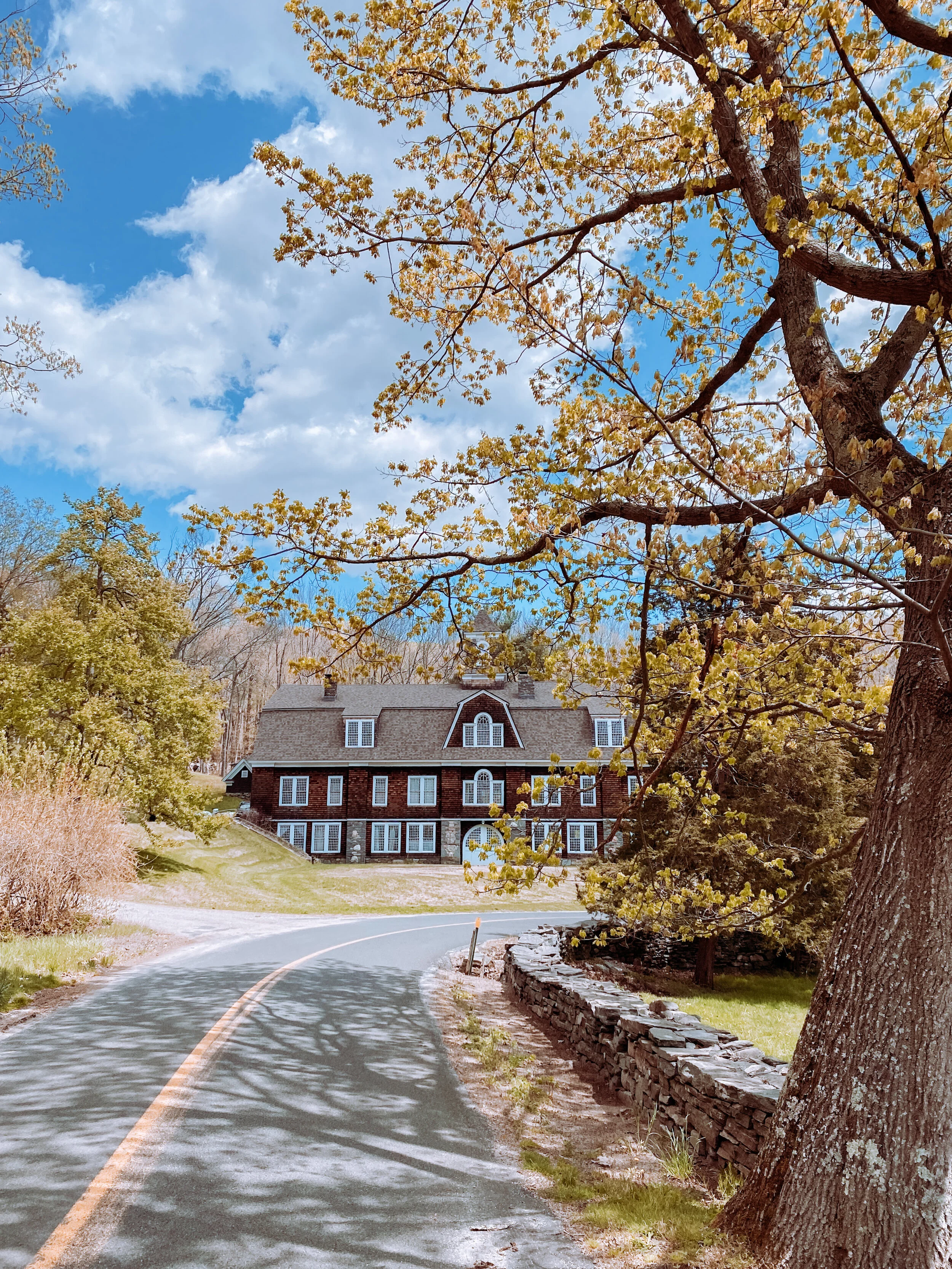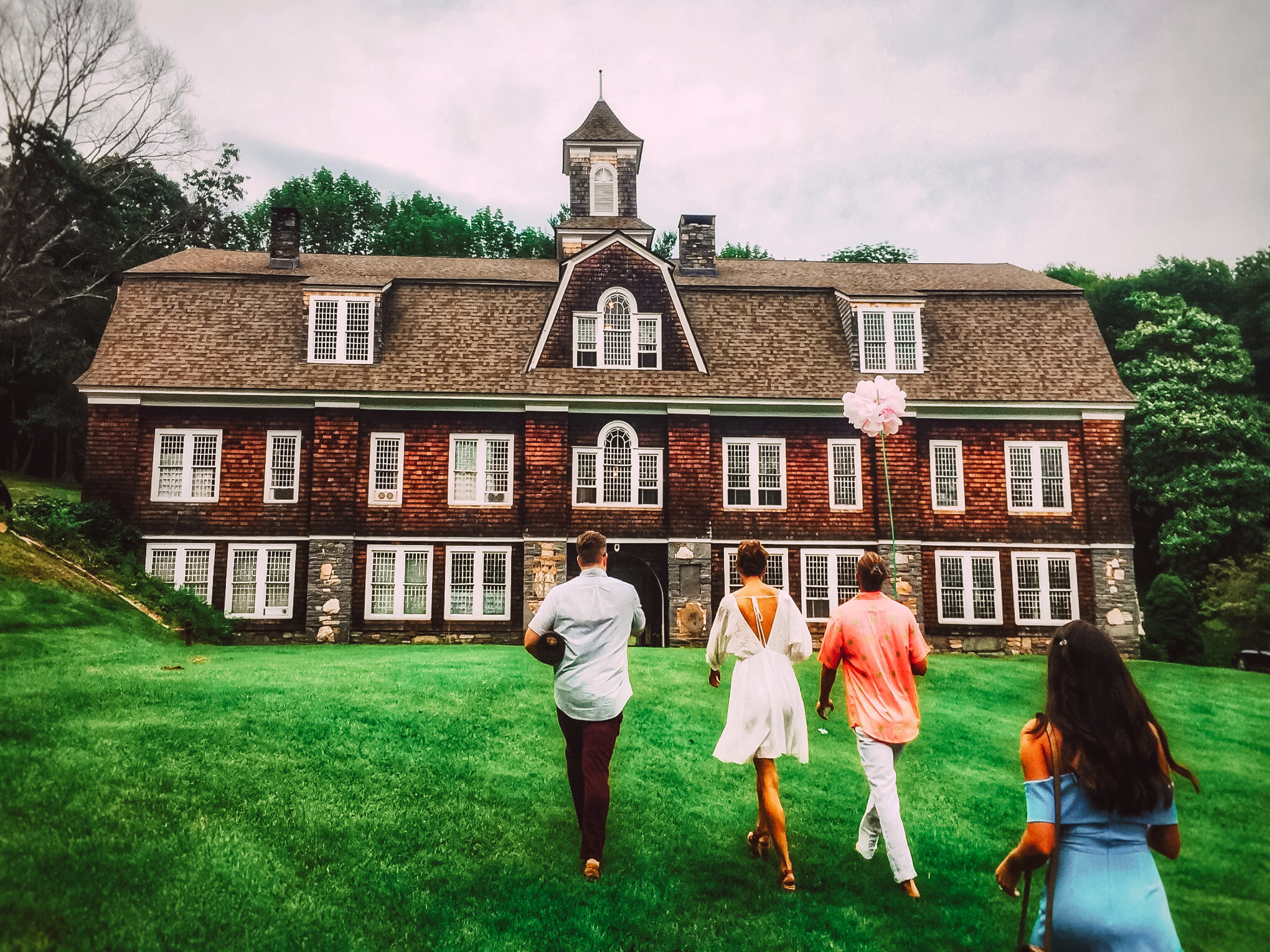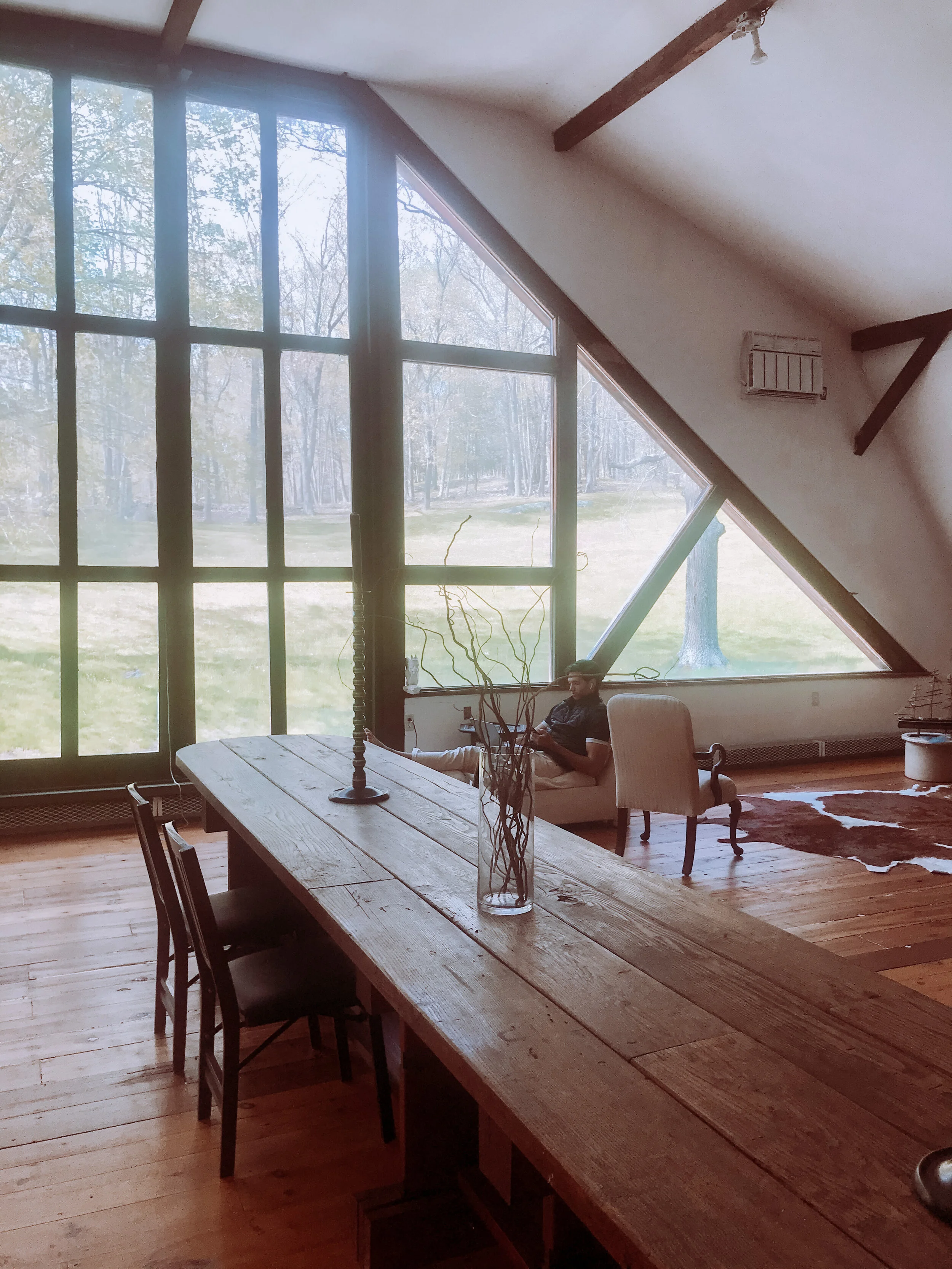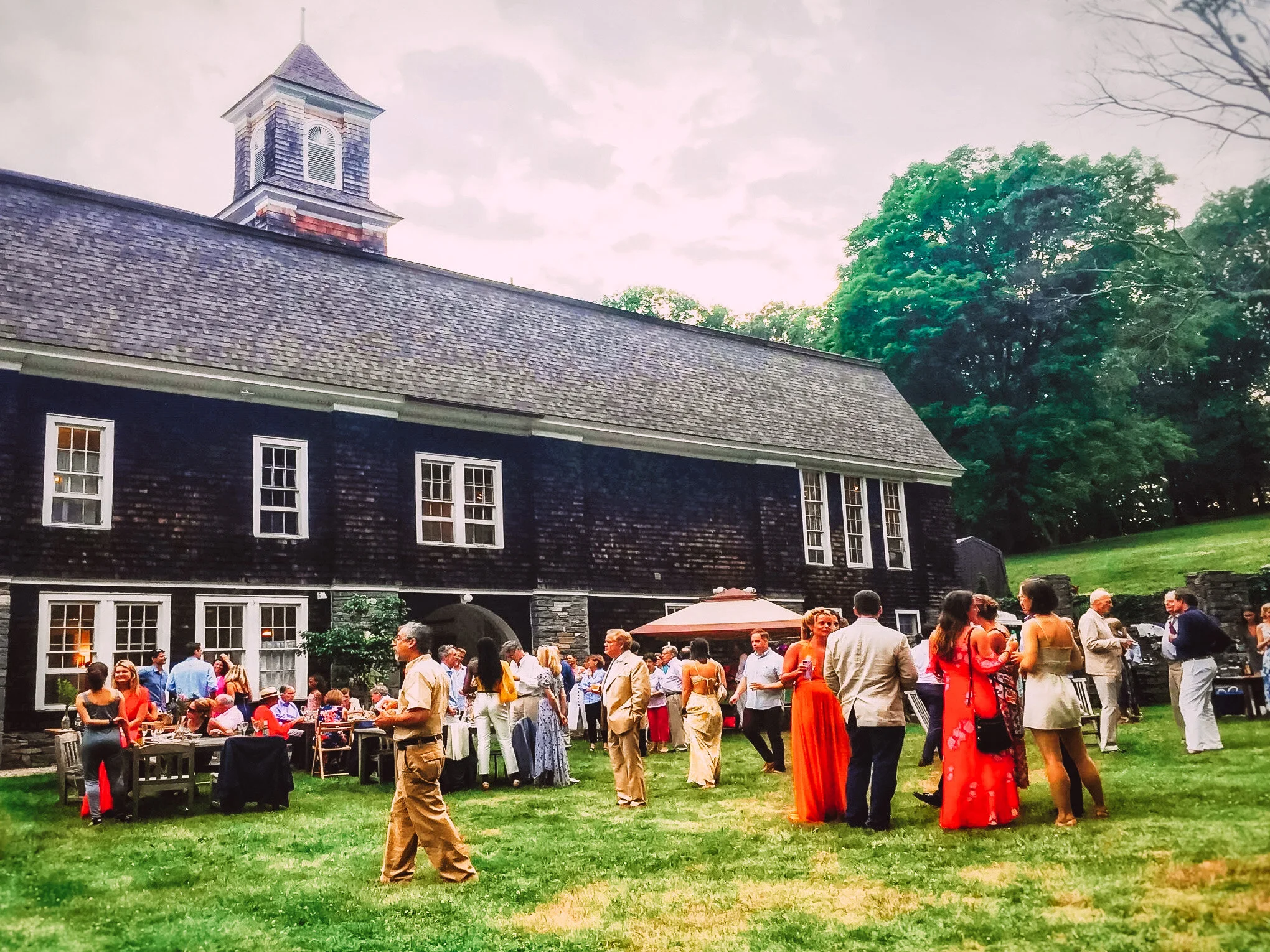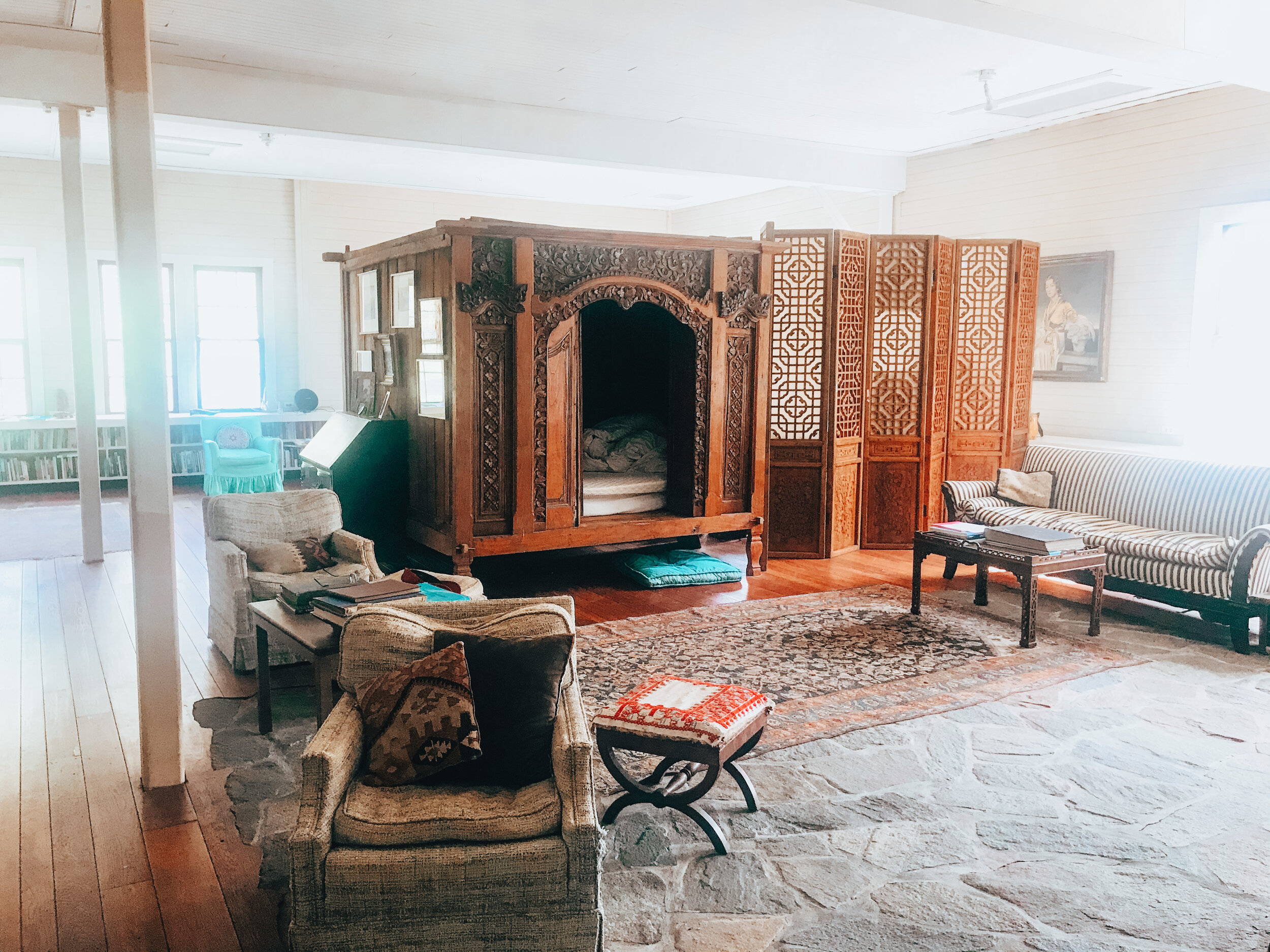I Grew Up in a Barn ...
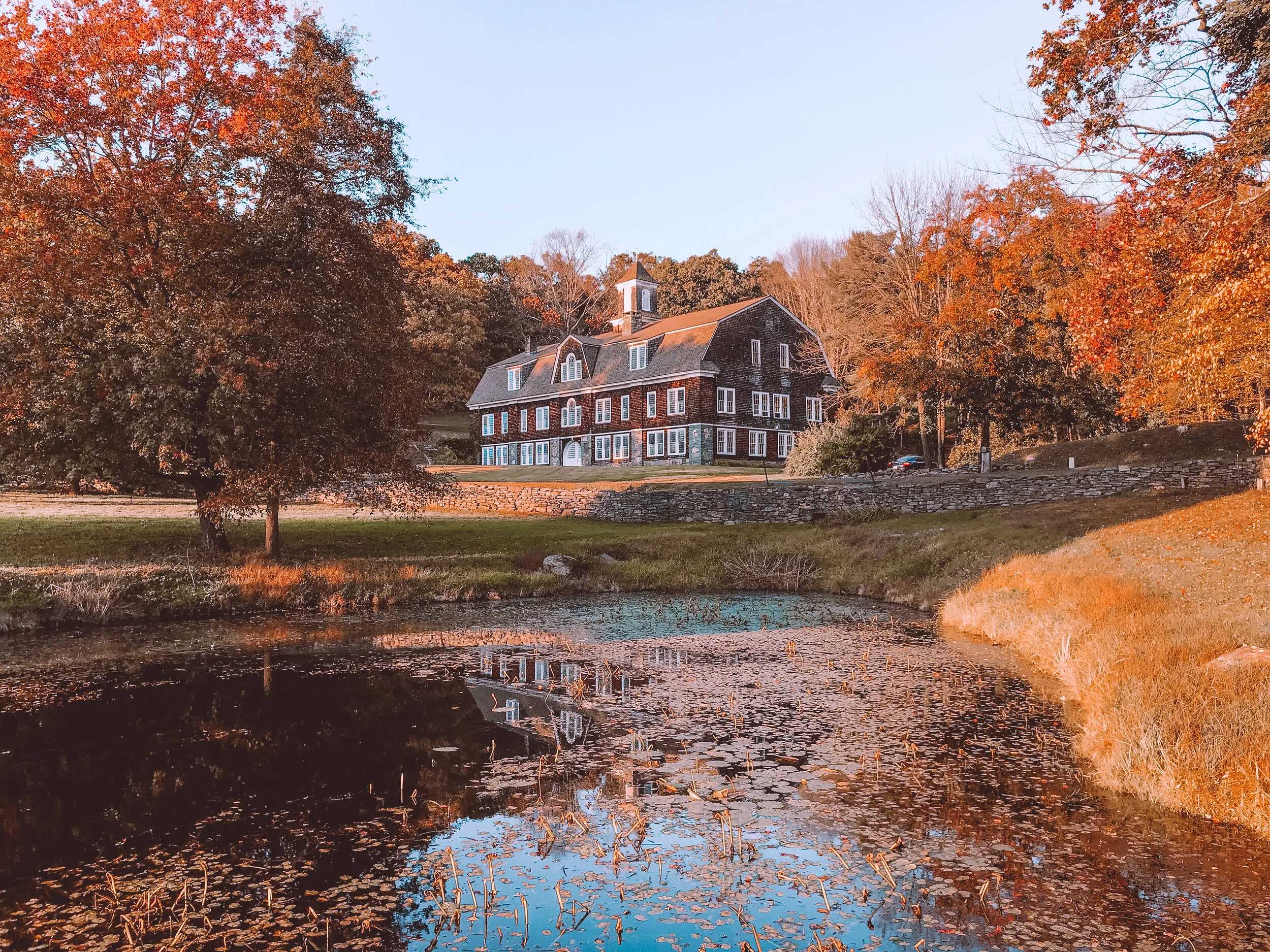
Yep, you read that right; I grew up in a barn.
Now, don’t get me wrong, this wasn’t just any old barn … this barn was magical, like something out of a fairy tale.
Nestled into a forested slope along the rolling hills of the Connecticut River Valley, Bull Run Hill, as the barn is called, stands 3-stories tall - a looming presence over the old pastoral, country road that winds its way through the idyllic countryside of Lyme, Connecticut.
Built in 1909, Bull Run Hill is a lasting remnant from the late 19th and early 20th Century era of “Gentleman Farmers” - meaning that, historically, this barn was built, like many of its kind, with a paradoxical combination of luxurious weekend retreat and gritty farmer’s lifestyle at the forefront of both its style and its purpose (unlike most New England farms that predated Bull Run Hill, of which the primary purpose was efficiency and general livelihood).
There is a perceptible grandiosity, combined with a tangible roughness about the place. 20-ft ceilings are met with hundred-year-old squeaky oaken floorboards; walls are dotted with multi-paned, arched Palladian windows, whose panes reflect the original ripples and glass-blown waves of a bygone era. The drafty walls, insulated with ancient horsehair, chirr in the wind, as the house sways from side to side on its timeworn hinges. (In the kitchen, a string with a weight tied to the end hangs from the ceiling; my dad uses this simple apparatus to measure how much the house oscillates on any given day.)
Every bit of the barn, from the intricate stonework that wraps itself around the base of the shingled structure, to the two-tiered cupola that perches itself atop the roof at its highest peak, tells a story. It is this story, woven together with each element of Bull Run Hill’s unique design, that gives the barn its majestic splendor, and made it a marvelously enchanting place to grow up.
Explaining the paradox of the “Gentleman’s Farm” is sort of the best way I can think of to describe what it was like to grow up at Bull Run Hill.
The contrast between the opulence of growing up in a breath-takingly exquisite 15,000 square-foot home, combined with the discomfort of frigid, nearly glacial, winters, in a space that was designed to house bulls and horses, not little girls, is a unique concept - one that only a handful of people I’ve met in my life have been able to share (most of whom are my siblings).
I have no doubt that spending my childhood in this atmosphere, which encouraged exploration and curiosity, and inspired make-believe and adventure, while simultaneously requiring resilience in the face of discomfort, shaped me in more ways than one, and is largely responsible for this house in the Caribbean, and this life that Kevin and I have chosen to live.
I wouldn’t say that growing up in a barn has made spending the past year and a half in a roofless house easier, necessarily, but I will say that growing up at Bull Run Hill taught me to love and appreciate beyond what is obvious in a home.
Yes, you take one look at our house on St John, our beloved Sunset Shanti, and you see a gaping hole where there once was a roof; you see peeling paint and cracked tiles, light switches that don’t turn on, ancient appliances that are barely hanging on by a thread, half-finished projects that we started and exhausted ourselves trying to finish. You see overgrown cactus, weeds and snake grass taking over old flower planters, landscaping projects that we struggle to keep up with.
But what’s magical about our home, the reason we live a less-than-comfortable life on a daily basis, goes far beyond what immediately meets the eye. Our home’s magic lies in its broken bits, in those half-way finished projects, in each imperfection, for, much like Bull Run Hill, each element that makes up Sunset Shanti tells a story; it’s our story, and this is only the beginning.



